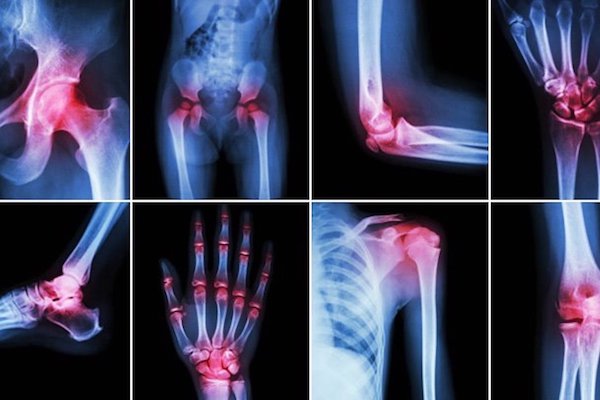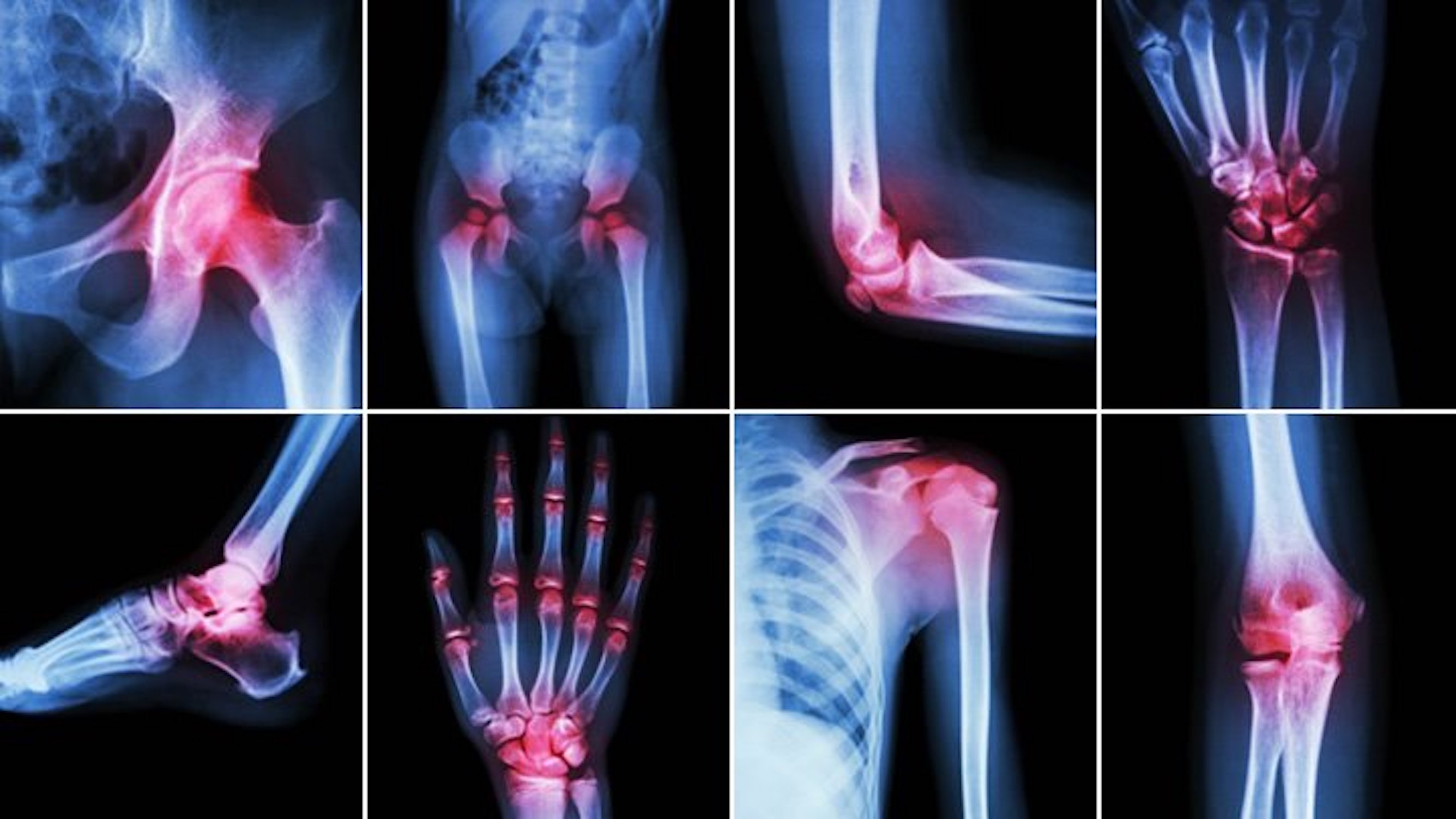Ankylosing spondylitis (AS) is typically characterized by inflammation of the sacroiliac (SI) joint and spine, although some AS patients may exhibit discordant radiographic disease. This study focuses on a subgroup of 354 patients with AS with fused SI joints and long-standing disease. Patients with a disease duration of at least 20 years were selected from the Prospective Study of Outcomes in AS (PSOAS) cohort. Cases and controls for the evaluation were patients with and without syndesmophytes. Classification and regression tree (CART) analysis was used to identify risk factors associated with the presence of syndesmophytes.
Among the 354 patients in the subgroup, 23 had no syndesmophytes. Results from the CART analysis revealed that women were less likely to have syndesmophytes. The age of symptom onset in males with onset age of 16 years or less were less likely to have syndesmophytes. Univariable analysis found that females had lower odds of syndesmophyte presence (odds ratio [OR] 0.17, 95% CI 0.07-0.41). HLA-B27 positivity (P = 0.03) and age of symptom onset > 16 years old (OR 2.72, 95% CI 1.15-6.45) were linked to syndesmophytes. All 23 patients without syndesmophytes were positive for HLA-B27. Researchers concluded that HLA-B27 positivity may be greater linked to SI disease rather than spinal disease, as all of the patients who did not have syndesmophytes were positive for HLA-B27.
Reference: Ridley LK, Hwang MC, Reveille JD, et al. Why Do Some Patients Have Severe Sacroiliac Disease But No Syndesmophytes in Ankylosing Spondylitis? Data From a Nested Case-Control Study. J Rheumatol. 2023;50(3):335-341. doi:10.3899/jrheum.211230









